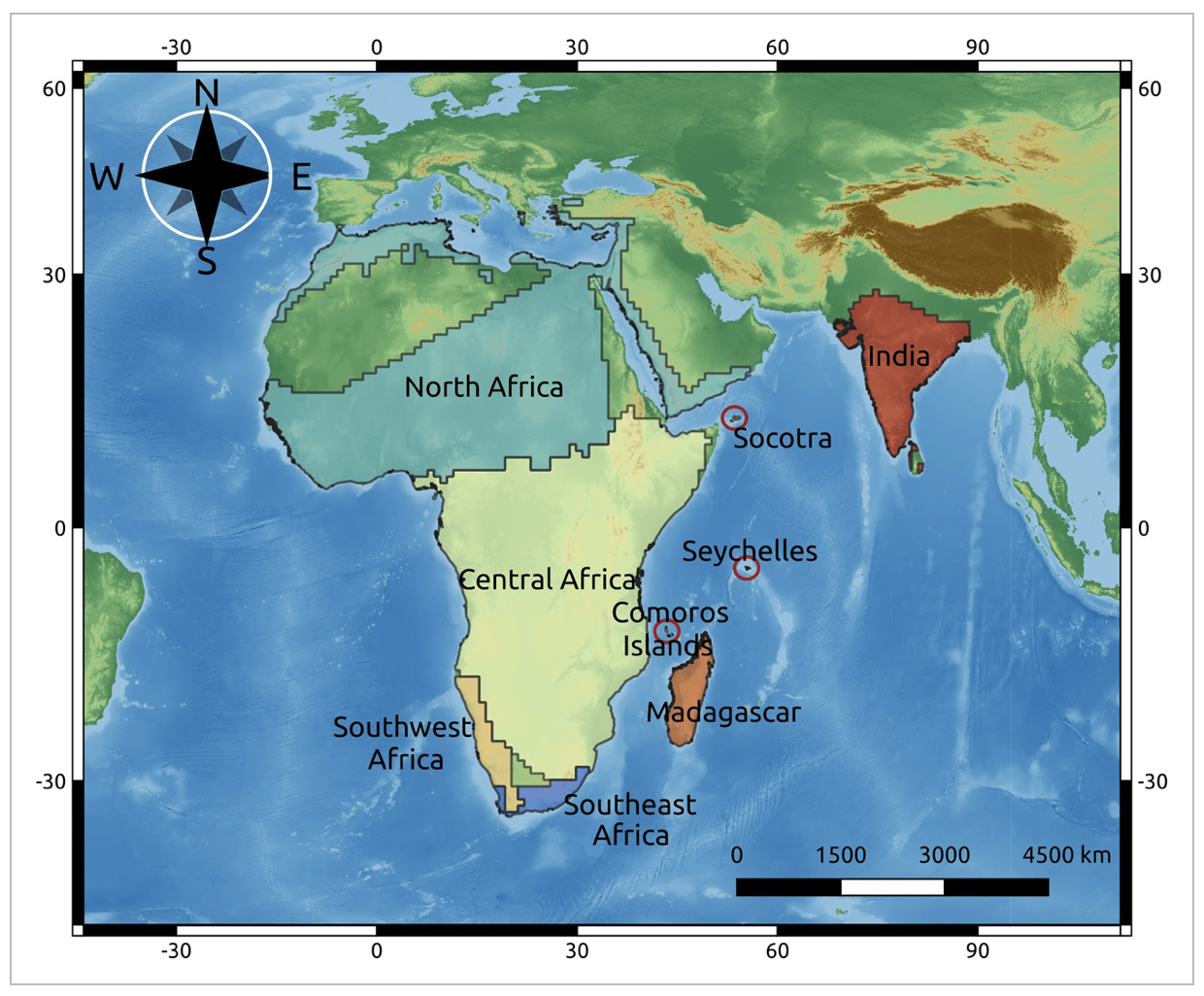Coasts, Clutches, and Chameleon Conquerors



In a sweeping biogeographic analysis, Weil et al. (2025) explore how body size, coastal proximity, and life history extremes have shaped the global dispersal of chameleons. Using phylogenetic modeling across 181 species spanning nine regions—from North Africa to India and the Seychelles—the study reveals that chameleons living within 10 km of the coast historically dispersed far more than inland species, echoing patterns seen in skinks and crocodiles.
Size also mattered: larger chameleons, with lower metabolic rates and larger clutches, spread more widely than their smaller counterparts. Surprisingly, species with either very fast or very slow life cycles dispersed more successfully than those with moderate reproductive strategies. Fast-reproducing species like Furcifer polleni, F. cephalolepis, and Chamaeleo zeylanicus exemplify successful aquatic dispersal.
The most mobile chameleons—those coastal, large-bodied, and reproductively extreme—had a 98% higher dispersal rate. Though theoretical, this study offers fresh insight into how ecological traits drive evolutionary geography.
Citation:
Weil, S.-S., Gallien, L., Lavergne, S., Börger, L., Hassler, G.W., Nicolaï, M.P.J., & Allen, W.L. (2025). Chameleon biogeographic dispersal is associated with extreme life history strategies. Ecography. https://doi.org/10.1111/ecog.06323
